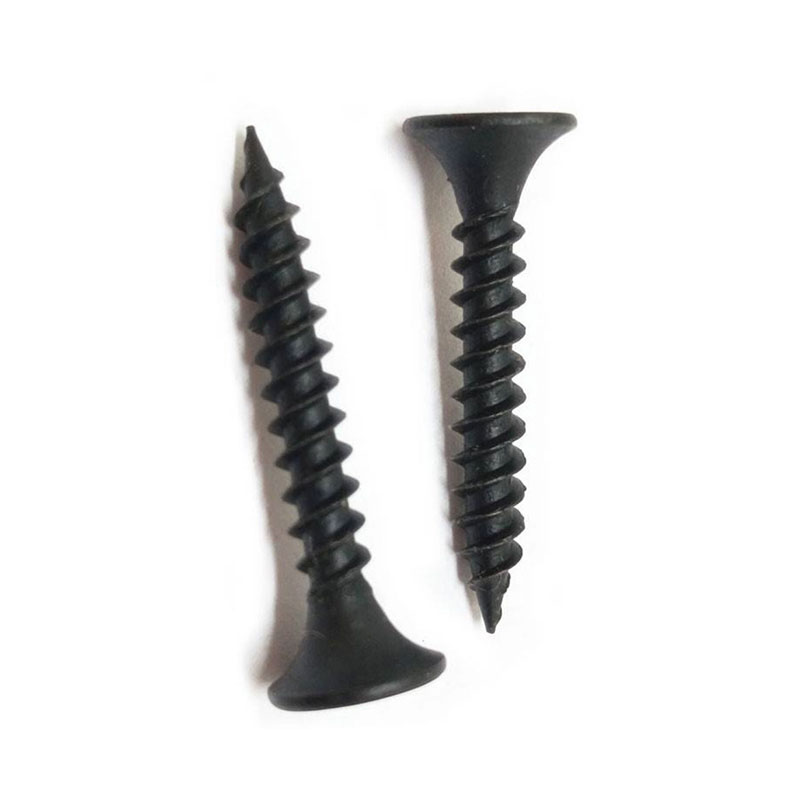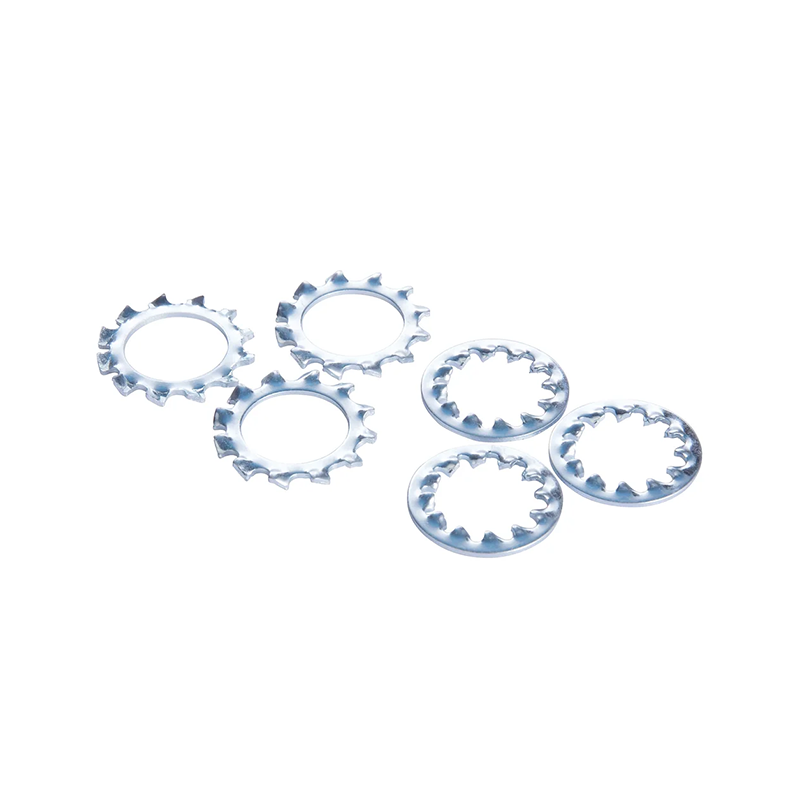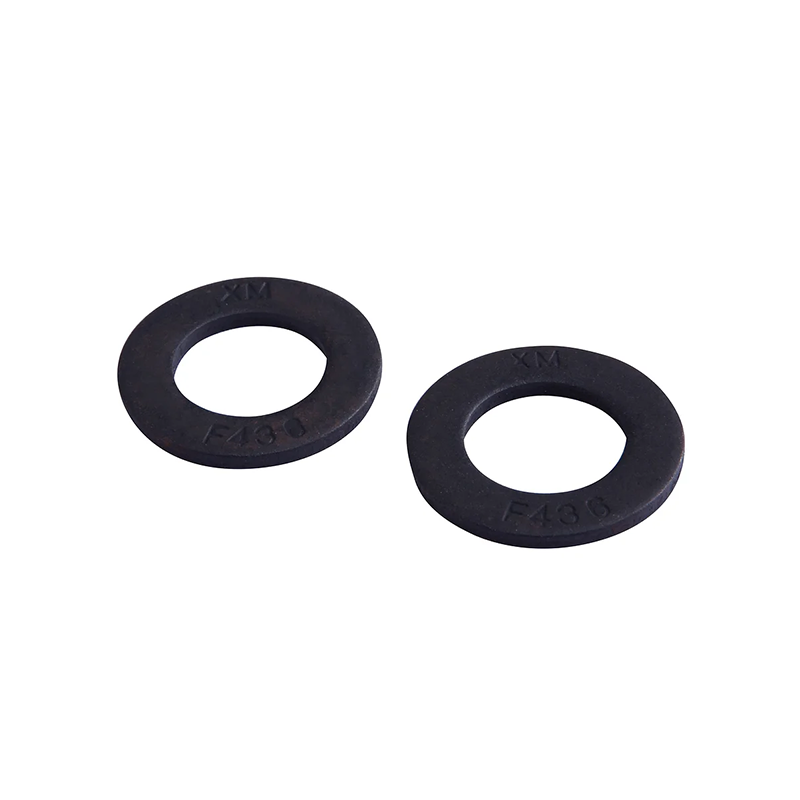Working Principle and Application Analysis of Spring Lock Washers
 2025.07.07
2025.07.07
 Industry news
Industry news
1. What is a spring lock washer?
A spring lock washer, also known as a spring washer or spring washer, is a fastener accessory specially designed to prevent bolts and nuts from loosening. It is usually ring-shaped and has certain elastic deformation characteristics. Common materials include carbon steel, stainless steel, copper, etc. Its inner diameter is slightly larger than the corresponding bolt, and its outer diameter is slightly larger than the bottom of the nut to ensure that it can provide sufficient elastic support when tightening.
Spring lock washers come in a variety of shapes, such as split lock washers, wave spring washers, tooth-shaped spring washers, etc., all of which are designed to achieve locking effects through elastic deformation.
2. Working principle of spring lock washers
The key function of spring lock washers is to prevent fasteners from loosening under vibration and load changes. Its working principle includes the following aspects:
Generation of elastic preload
When the bolt or nut is tightened, the spring lock washer undergoes elastic deformation (such as bending or twisting). The elastic force generated by this deformation will exert a continuous upward reaction force on the fastener, thereby enhancing the clamping force of the fastener.
Improve the friction of the contact surface
The deformed spring lock washer forms a higher friction between the bottom surface of the nut and the fastener. Friction is the key factor in preventing thread loosening. The spring lock washer effectively prevents the fastener from loosening due to vibration by increasing the friction resistance.
Compensate for relaxation and thermal expansion
During use, the fastener may relax due to creep, thermal expansion or contraction of the material. The elasticity of the spring lock washer can partially compensate for this change, maintain continuous clamping force, and prevent the connector from loosening.
Significant anti-vibration effect
Vibration can cause periodic loosening of the bolt, and the spring lock washer continuously adjusts the tightening force through elasticity to effectively offset this periodic loosening.
3. Main applications of spring lock washers
Spring lock washers are widely used in many fields such as machinery manufacturing, automobiles, electronic equipment, aerospace and construction engineering. Its typical applications include:
Mechanical equipment
Machines are often accompanied by vibrations when running. Spring lock washers can prevent key fasteners from loosening and ensure safe and stable operation of the machinery.
Automotive industry
Engine and chassis components are subject to strong vibrations, and spring lock washers are widely used to ensure the firmness of bolt connections.
Electronic equipment
In small electronic equipment, miniature spring lock washers are used to fasten circuit boards and housings to prevent damage due to vibration or transportation.
Construction engineering
In steel structures and prefabricated parts, spring lock washers can prevent fasteners from loosening and improve structural safety.
High temperature environment
In places with frequent thermal expansion and temperature changes, spring lock washers maintain stable connections through their elasticity.
5. Precautions for use
To ensure the best performance of spring lock washers, the following points should be noted:
Material selection
Choose the appropriate material according to the working environment. For example, stainless steel is suitable for anti-corrosion environments, and carbon steel is suitable for general industrial environments.
Size matching
Select washers that match the bolt diameter and thread specifications to ensure sufficient elastic deformation space after installation.
Surface treatment
The surface of the washer should be kept clean, free of oil and rust to ensure good friction.
Correct installation
The spring lock washer should be placed between the nut and the fastener and installed in the correct direction (e.g. the open spring washer opening should be perpendicular to the thread direction).
Avoid overloading
Under high load or extreme deformation conditions, the use of spring lock washers alone may not be sufficient and should be combined with other locking measures.



 English
English русский
русский











 Products
Products Tel: 86-574-62101087
Tel: 86-574-62101087 E-mail:
E-mail:  Add: Xiaocao 'e Binhai Industrial Park, Yuyao, Zhejiang, China
Add: Xiaocao 'e Binhai Industrial Park, Yuyao, Zhejiang, China